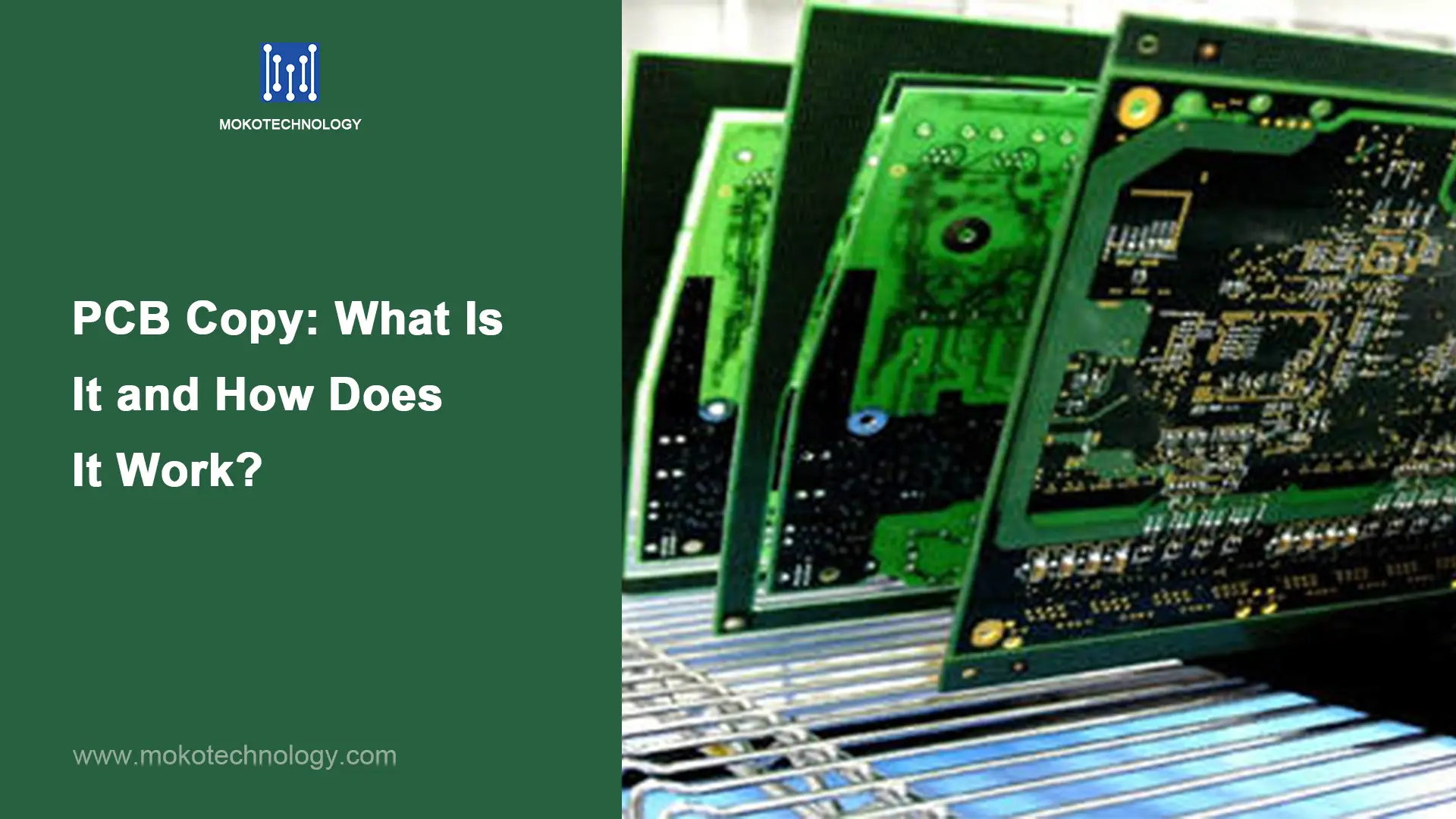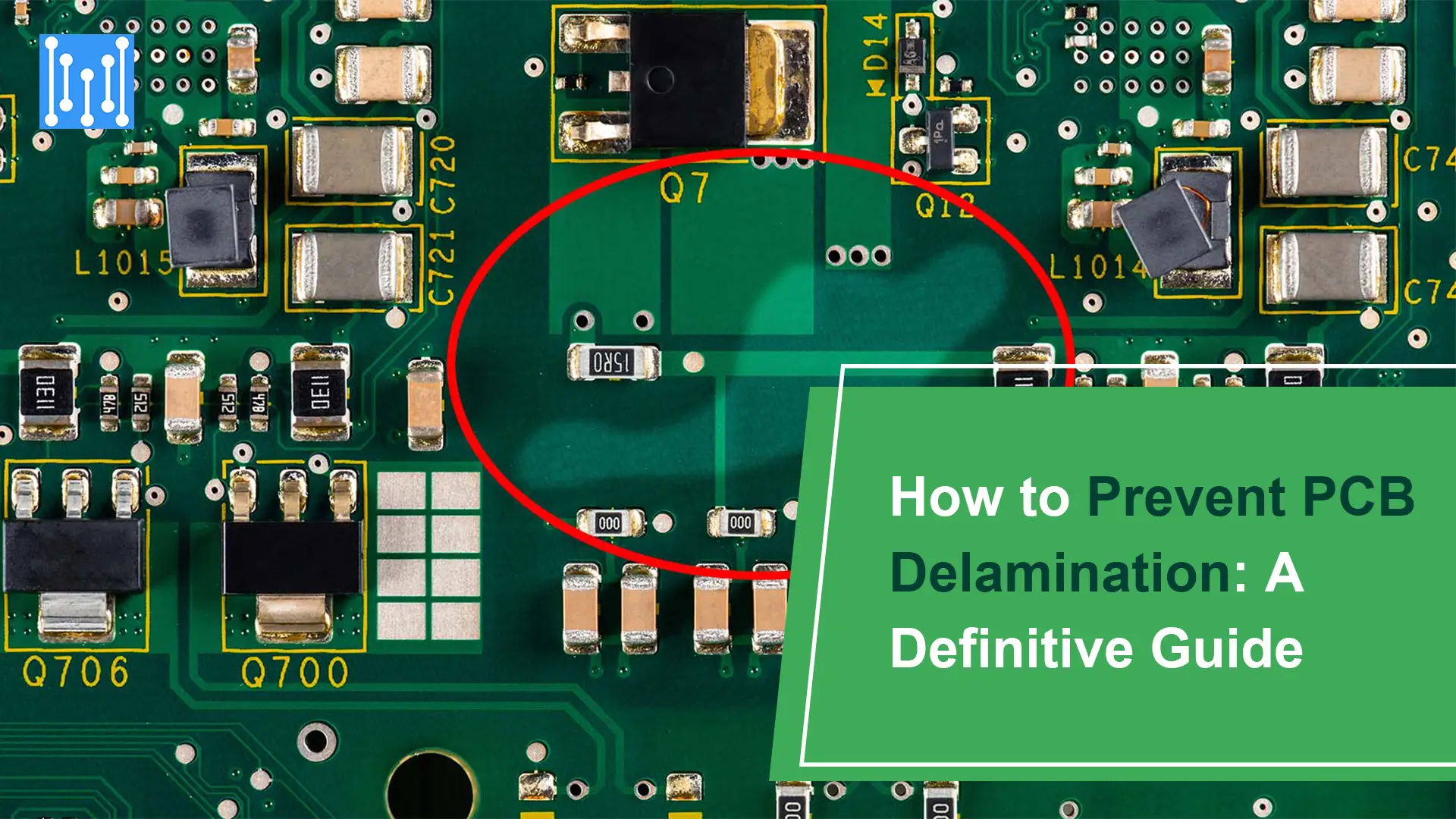It’s clearly to get rid of moisture, probably to keep the steam from pushing BGAs or CSP packages off the board (maybe from moisture trapped in tented vias, micro vias or other places).
Read More: Bare PCB: A Beginner’s Guide to Definition, Benefits, and Testing
#PCB Manufacturing



